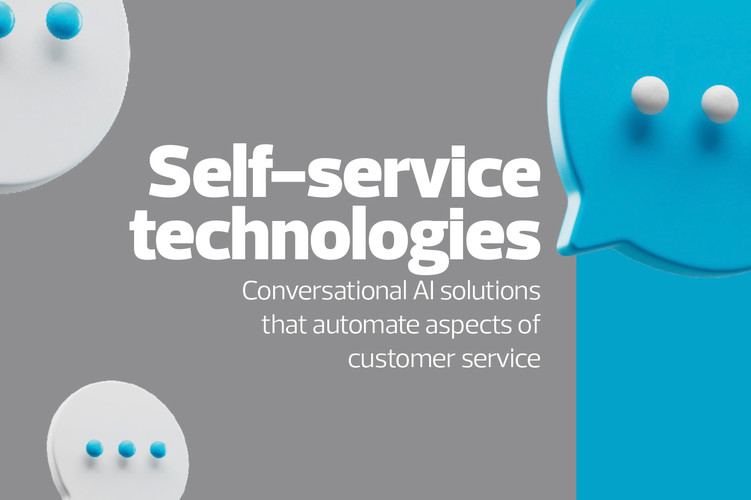C&S Grocers is hardly the only company benefiting from a cloud-based approach to contact centers. Gone are the days when staffing a call center inevitably entailed toiling in cubes in windowless buildings where the ringing never ends. Today, new technologies allow agents to work from anywhere, and more effectively than ever.
The pandemic accelerated a shift that was already underway, according to research by Deloitte, whose 2021 survey revealed “a migration to cloud telephony,” says Timothy E. McDougal, managing director with Deloitte. Before the pandemic, he explains, most organizations were starting to test the waters around cloud-based contact centers, “but few showed any interest in moving fast.”
COVID-19 and the resulting pivot to remote work led many companies to evolve their thinking. “Now they’re seeing that premise-based platforms often lack the capabilities of their cloud-based counterparts,” he says.
Cloud-Based Contact Centers Are Easy for Agents
When customers call C&S Grocers today, a series of prompts route them quickly to the right agent, who answers through a computer softphone application. The agent simply clicks a link to merge the call with Salesforce, and if the customer has worked with C&S Grocers before, “the agent instantly gets a 360-degree view of that business relationship, with everything they need in front of them,” Lingineni says.
The C&S Grocers IT team can monitor communications and track usage metrics via the platform’s real-time dashboard. And because the system is hosted in the cloud, the team can easily test and distribute new functions as soon as updates are released, Lingineni says.
Similarly, as the company grows, onboarding new contact center agents is now a breeze. The only thing they need to get started is the RingCentral app on their computers.
“The process is seamless,” says Lingineni, adding that the system proved doubly useful as the pandemic picked up soon after they rolled it out. C&S Grocers couldn’t have possibly known what was coming when it moved its call center to the cloud, he notes. “But now, with more people working remotely, it’s good that we did it when we did.”
EXPLORE: How the cloud has revolutionized contact centers.


















